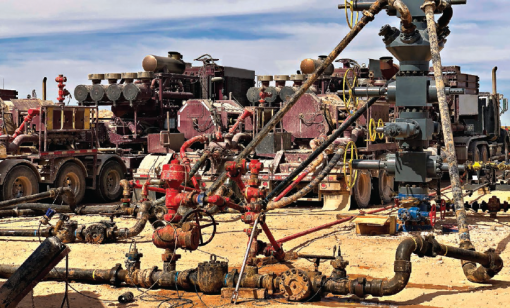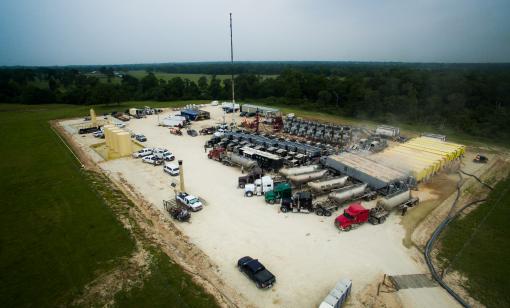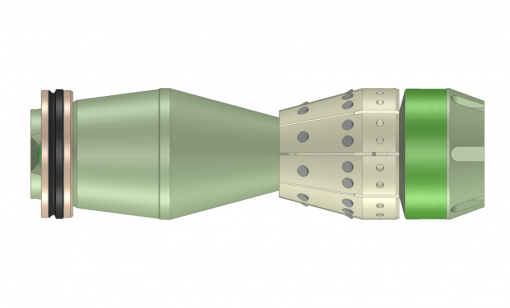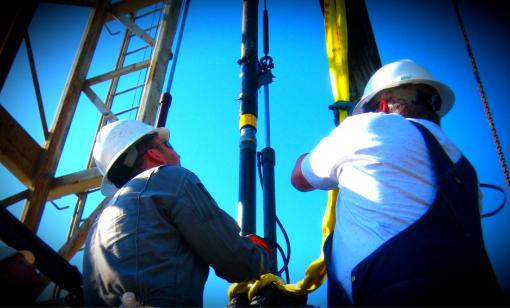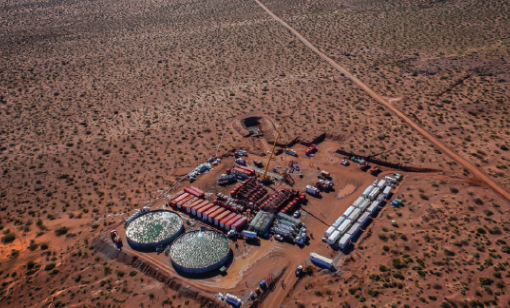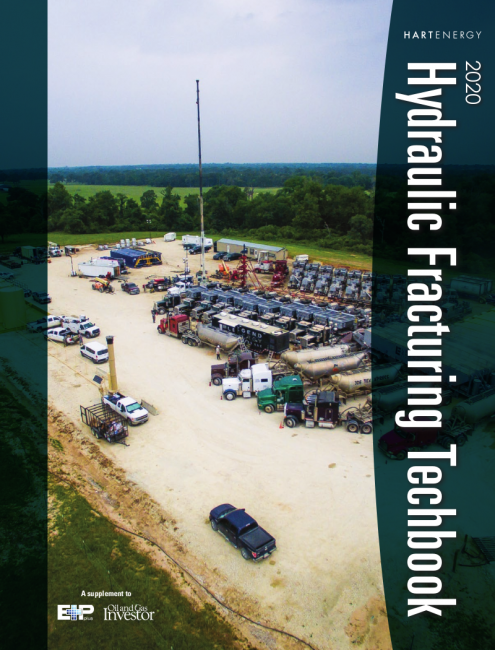
2020 Hydraulic Fracturing Techbook
Publication
Ships in 1-2 business days
Download
Shale’s Climb Back
The 2020 Hydraulic Fracturing Techbook is the 20th in a series of techbooks in which Hart Energy will provide comprehensive coverage of effective and emerging technologies in the oil and gas industry.
The history of shale development and hydraulic fracturing in the U.S. is accentuated by major developments that helped chart its course in the greater role of energy development: Mitchell Energy’s groundbreaking technology in fracking wells in the Barnett Shale, $100/bbl oil in the early 2010s, the subsequent collapse in prices, the move to massive proppant volumes in the Eagle Ford, and the “lower-for-longer” era, just to name a few.
Today the industry finds itself amid perhaps its greatest challenge—emerging from previously unseen demand destruction caused by a global pandemic and a price war.
Despite the downward pressure on shale, the industry is fighting back. Producers, and particularly natural gas producers, are ramping up production once again as demand slowly climbs back. Perhaps now more than ever, operational efficiency gains and optimization are the name of the game.
The technical challenges the industry faced pre-COVID-19 take on an even greater importance now, such as identifying the most optimal well spacing, increasing stimulated rock volume and drilling the optimum lateral length. Service companies are responding in kind, bringing to the market innovative technologies and tools that continue to lower the cost of bringing oil and gas to the surface while reducing risks along the way.
It remains to be seen if U.S. activity will ramp up enough to quickly reach the peak of 13 MMbbl/d that the industry achieved in early 2020. Demand will have much to say about that.
But now that shale is up off the mat, it’s heading in the only direction it knows—forward.
—Brian Walzel, Senior Editor
Read each article:
TECHNOLOGY:
Emerging trends help companies fine-tune their well designs and grow production post-downturn.
WELLBORE INTEGRITY:
Refracturing for Greater Recovery
A single-trip system activates without the need to drop balls or darts down the ID of the work string, which saves rig time.
STIMULATION TRENDS:
Diagnostic Methods for Reservoir Stimulation
Pressure-based maps and post-stimulation leak-off analysis identify optimal rock stimulation trends.
FRAC PLUGS:
Next-generation Composite Frac Plug
An all-composite plug reduces the volume of composite material in the plug construction by 35%.
SUSTAINABILITY GOALS:
Systems Instead of Silos for Bottom-line and Environmental Impact
Next-gen fracturing systems offer lower operating costs along with green benefits.
Hydraulic Fracturing Techbook: Diagnostic Methods for Reservoir Stimulation
Pressure-based maps and post-stimulation leak-off analysis identify optimal rock stimulation trends.
Hydraulic Fracturing Techbook: Finding the Right Balance
Emerging trends help oil and gas companies fine-tune their well designs and grow production post-downturn.
Hydraulic Fracturing Techbook: Next-generation Composite Frac Plug
An all-composite plug reduces the volume of composite material in the plug construction by 35%.
Hydraulic Fracturing Techbook: Refracturing for Greater Recovery
A single-trip system activates without the need to drop balls or darts down the ID of the work string, which saves rig time for oil and gas operators.
Hydraulic Fracturing Techbook: Systems Instead of Silos for Bottom-line and Environmental Impact
Next-gen fracturing systems offer lower operating costs along with green benefits.

